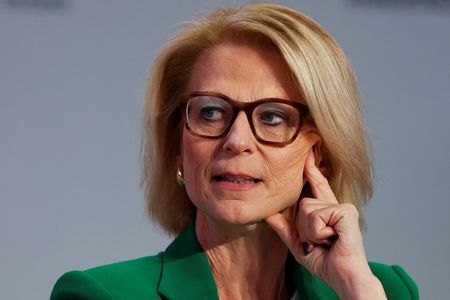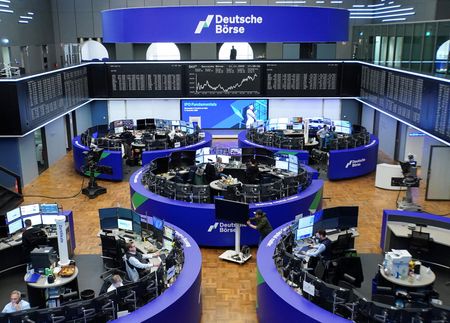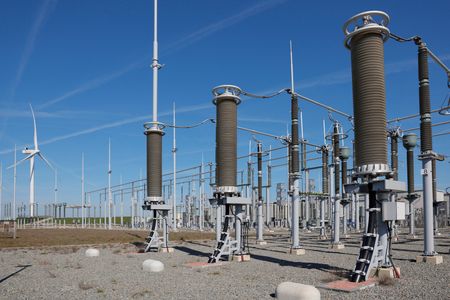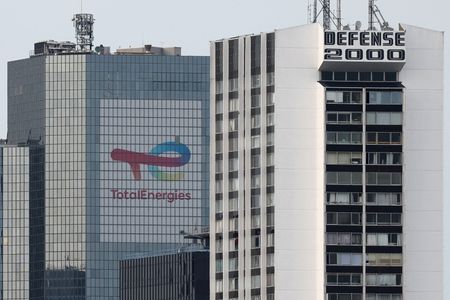STOCKHOLM (Reuters) -Sweden’s economy is picking up speed after a period of sluggish growth, but uncertainty remains high, Finance Minister Elisabeth Svantesson said on Wednesday.
Svantesson said that consumers were beginning to start spending after a series of rate cuts by the central bank, while both industry and the household sector are more positive.
“It’s not that it’s very bright, but there is a light there at the end of the tunnel,” she told a press conference.
The Swedish economy has struggled this year and households remain cautious about spending, despite real wage growth and eight rate cuts since spring 2024.
Other than house-builders, who are still struggling, “sentiment in Swedish business is more positive and better than normal,” said Svantesson.
In the third quarter, GDP growth was however faster than expected at 1.1% from the previous quarter, according to an October 29 flash reading.
The right-wing government’s budget for 2026 is the country’s most expansive since the pandemic, aiming to boost households and speed up growth ahead of a general election in September.
The government expects GDP to increase 3.1% next year.
Svantesson said she was not worried that stronger growth would lead to a pick up in inflation, which is currently above the central bank’s 2% target.
“It (inflation) has come in a bit higher for a number of understandable reasons, but it isn’t high and I don’t expect our budget, for example, to push up inflation,” she said.
Flash inflation figures for October showed headline consumer prices rose 3.1% from the same month a year ago. Stripped of volatile energy prices, inflation was 2.8%.
The central bank kept its key rate on hold earlier this month at 1.75% and said the easing cycle, which started in spring last year, was now over.
Analysts expect the next move to be a hike, probably in spring 2027.
(Reporting by Anna Ringstrom and Simon Johnson, editing by Terje Solsvik and Alexander Smith)










